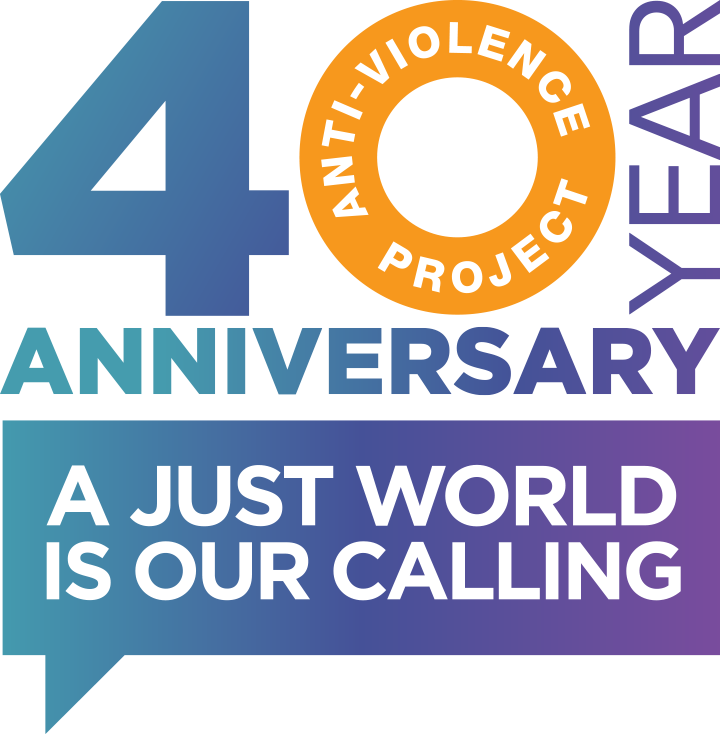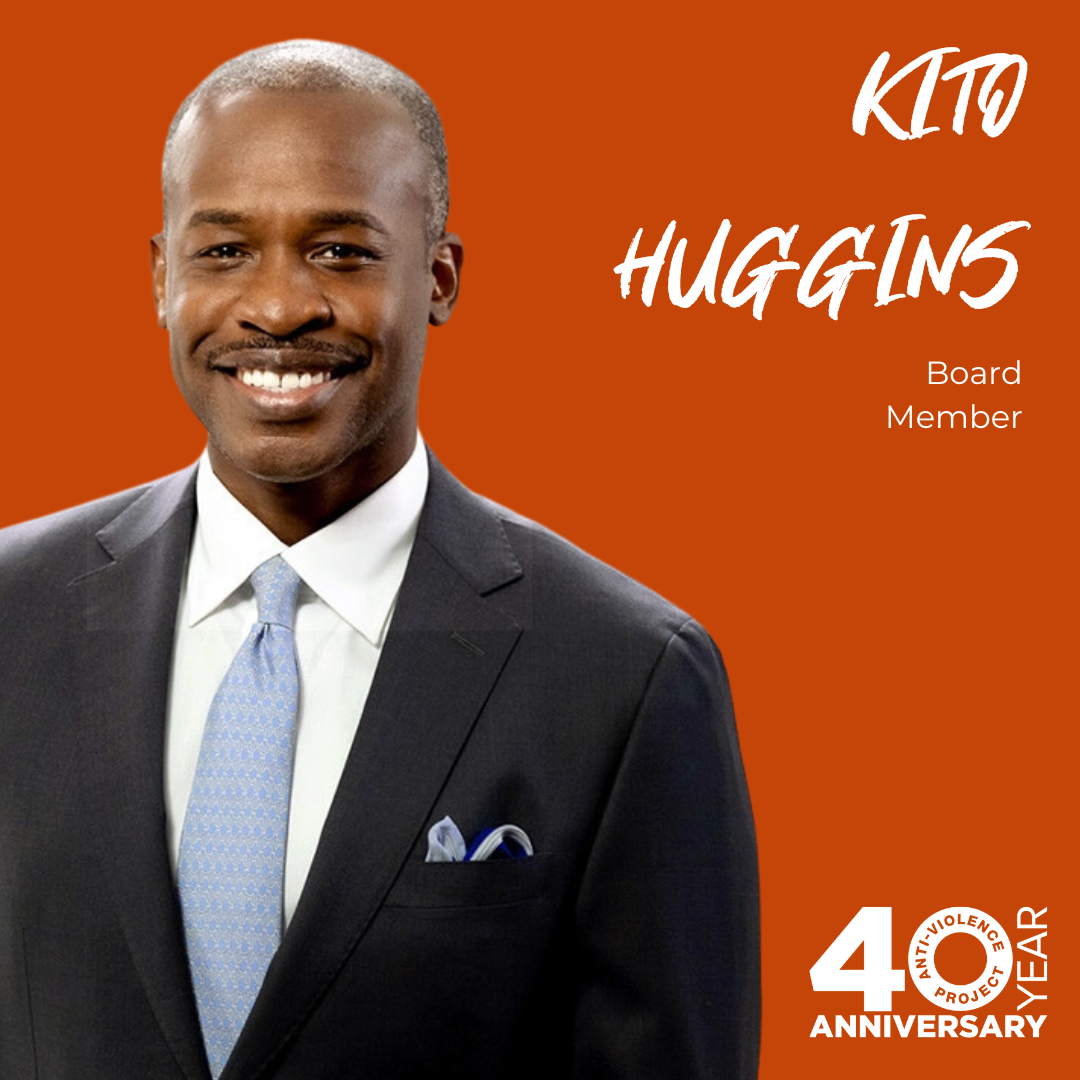
Clarence Patton worked with AVP from 1996 to 2008. From his work as Development Director to his time as Executive Director, Clarence worked to advance the real-life change AVP was a part of. “I was there for 12 years,” said Clarence. “When I became Executive Director, the staff teased me.” Clarence said staff told him that now that you’ve had all the jobs, you’ll have to leave after this. “I think that it could definitely be overwhelming at times, but I also think that when it wasn’t, it could also be incredibly gratifying… the work of the Anti -Violence Project was so immediate, real, and tactile.”
We talked about the power of storytelling and the importance of direct aid to survivors and families.
How did you first hear about and get involved with AVP and how did it change over the years?
I probably learned about AVP while I was still working at the Pride Agenda and they didn’t collaborate on a lot, but it was kind of a very small town of organizations. And so I first learned about AVP that way, just kind of as a colleague organization. It just so happened that a board member of the Pride Agenda where I was working was partnered with the then Executive Director of AVP and let me know that they were looking for a Development Director. So I came into AVP as Development Director first.
After working as Development Director, I then became Director of Community Organizing and Public Advocacy as well as Acting Executive Director of the National Coalition of Anti-Violence Programs (NCAVP) simultaneously. And then when our Executive Director, Richard Haymes, went out on medical leave, I was Acting Executive Director. Richard and I knew that he wasn’t coming back. And he kind of negotiated a transition plan with the board then for me to be Acting Executive Director. And then ultimately, after about a year of working as Acting Executive Director, I was appointed as permanent Executive Director.
What did you learn working in all of those different roles?
What was a throughline for me, would’ve been that in all three of those broad capacities, I was a public face of the organization in a number of different ways. The other thing is that my time there really coincided with some pretty significant growth in the organization in size and budget. And I would say, moving it to be [an organization] that was going to have some longevity – operationally, programmatically, and structurally. In a lot of ways when I got to AVP, it was still almost operating as if someday soon the issues on which we worked would be done. Of course, that wasn’t true then, and it became increasingly clear that wasn’t true as the years went on. Really institutionalizing the organization and setting it up for some permanence was important during that period.
What about AVP in particular attracted you?
I think probably more important is the answer to the question, ‘what made me stay at AVP?’ What kept me there were the people, both the people that were on staff and the people that we were helping all the time. Again, whether it was as Development Director, certainly as Director of Community Organizing and Public Advocacy, and also as Executive Director, I had the benefit and honor of some real close interactions with a lot of the folks that we worked with for different reasons. I always felt as though I was fortunate to be in a position to try and help them.
For some of them, the most horrible things in their life had happened to them. I think that, and then the dedication of the folks like me working at AVP really is what kept me there.
Are there any memories that stick with you from your time at AVP?
I’m thinking specifically about the parents of a murder victim and not any one specific thing that we did. There was a point at which… it became very clear how important we were to them because in a lot of ways they were very isolated and alone because nobody else in their neighborhood or in their circle had experienced this specific thing. And so they really kind of relied on us and were so grateful to us. And so I think that it could definitely be overwhelming at times, but I also think that when it wasn’t, it could also be incredibly gratifying.
Compared to other work that one could do in the ‘gay industrial complex,’ as my mother used to call it, the work of the Anti-Violence Project was so immediate, real, and tactile. You could see when and if you were helping someone. We certainly did policy and that sort of thing. In later years, we helped expand the definition of family in New York State to actually provide access to family court for same-sex victims of domestic or intimate partner violence.
Why do you think organizations like AVP are so necessary?
Well, they’re giving people what they need whether it’s immediate one-to-one assistance or advocacy with systems that are still so ineffective and sometimes hostile to folks, that’s real work. And so I think that you just can’t do more honest work than the work of a place like the Anti-Violence Project.
What do you think is the role of narrative in combating violence?
Well, I think it makes it real for people, it takes things from the theoretical to the actual and I think that’s helpful. Some people need that. I think certainly today as when I was there, there are plenty of folks running around, who quite honestly feel as though a lot of [violence in the LGBTQ community] is over and done with, and it’s simply not. And it just may be that the folks who look like them who kind of move with them are not experiencing it in the same way that others are. And so, to remind people that there’s still work to be done, that there’s a bigger picture here, is really important [because] when we are in a position to help folks with fewer resources and who are more in danger, we have an obligation to do so.
This interview has been shortened and condensed for clarity.




